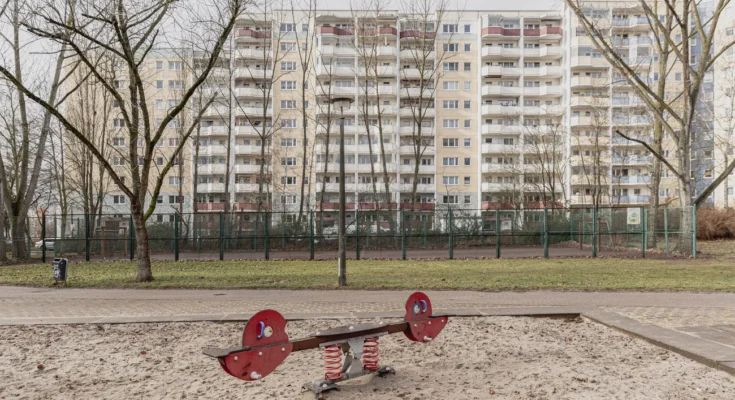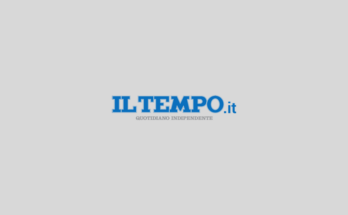More and more people in Germany are coming from the lower middle class and falling into poverty. Here’s what the new distribution report shows Hans Böckler Foundation. The study, among other things, evaluated the latest figures from the socio-economic panel in 2022. Thus, the proportion of households living in poverty increased to 17.7 percent. In 2010 it was 14.4 percent. Data shows that people in the lower middle income group are becoming poorer, which means they earn less.
One consequence: income inequality in Germany is increasing. According to research, the Gini coefficient rose to record values. The coefficient shows how evenly distributed income is in a society. Can take values from 0 (everyone has the same amount of income) to 1 (income is concentrated in one household). So the higher the Gini index, the higher the income inequality. In Germany it is 0.310; in 2010 it was 0.282.
Households with an average annual net income of less than 60 percent, which is currently just under 26,000 euros per person, are considered poor. Therefore, the poverty line is an annual net income of 15,439 euros for a person living alone. Households with a net income twice the average and thus starting from 52,000 euros per person per year are considered rich. Their share has remained constant over the years.
The majority of poor people clearly distrust politics
As a result of this gap, the report warns of increasing polarization. The lower the income, the lower the trust in state institutions and democracy. According to the study, 61 percent of poor people do not trust the federal government and 51 percent do not trust the media.
The study also analyzes differences in election results in the last federal election, depending on income group. 27 percent of the poor voted for the AfD, 20 percent voted for the left wing, and 16 percent voted for the SPD. The AfD also performed best in the “lower middle” group with a gain of 24 percent. Wealthy groups generally choose the Union party (38 percent) or the Green Party (18 percent).



